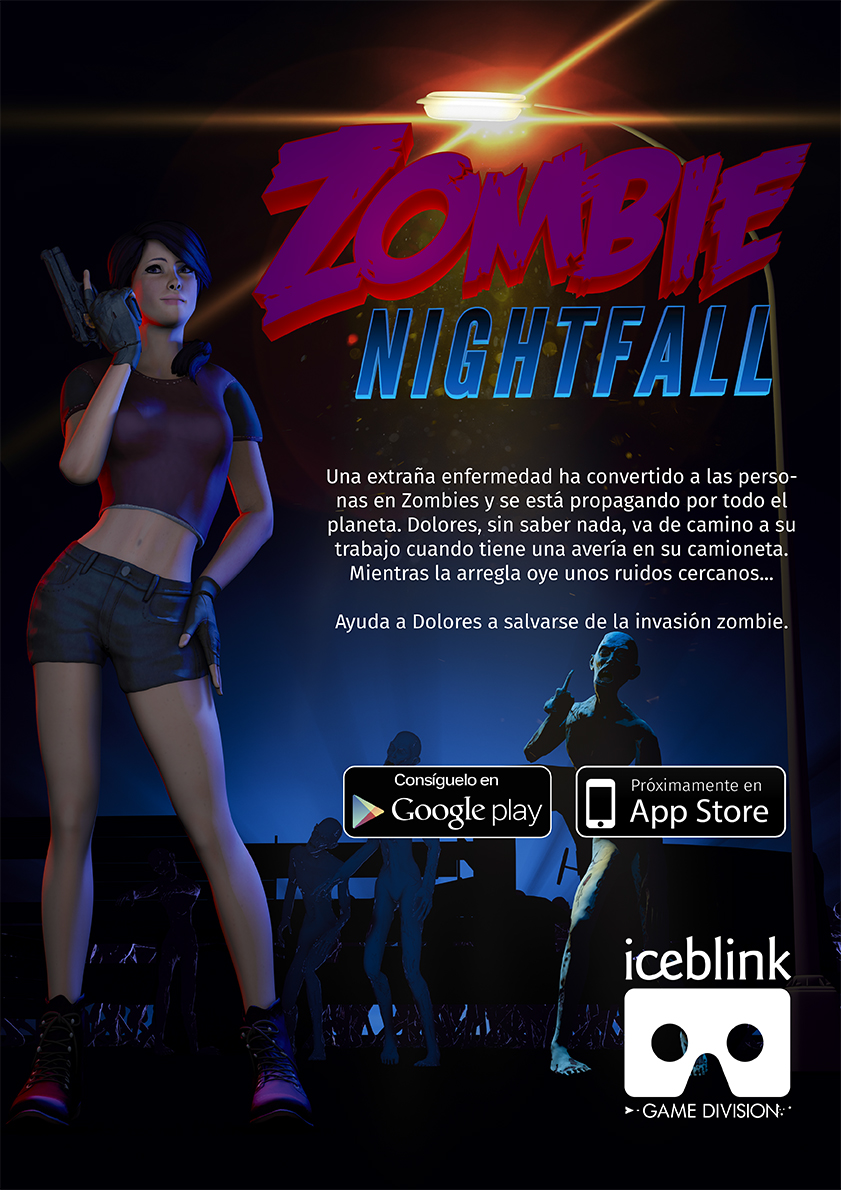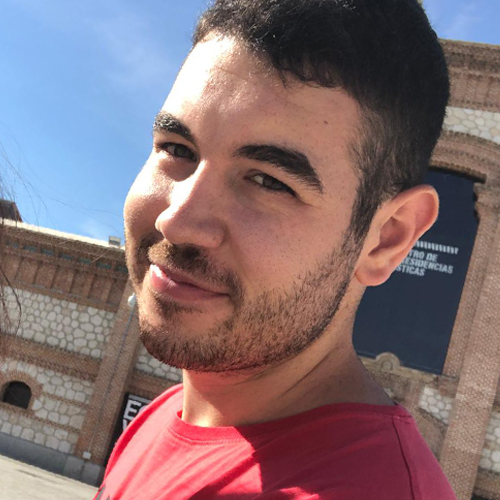Zombie Nightfall
Getting into Virtual Reality
Zombie Nightfall was my first experience in VR development. I worked on it during my work practices in Iceblink.
When I arrived Iceblink they had almost done the first level. I started making a baseball bat in Maya. A simple, but relevant object in the game. It was my first 3D model done in Maya. Before that I modelled in 3ds max and used Maya only for rigging and animation.

Learning the principles and limitations of VR
Once I created the second weapon in the game, I programmed its mechanic and implemented it in the first level.
Then we had to do the second level and the idea for that level was to create a stunning final animation for the boss. I think Virtual Reality bases wasn't established in that momment. It was exciting to explore it, put your glasses on and discover whether the new mechanics were actually ammazing or the opposite.
Doing the final animation, I discovered that in VR you must avoid app take controll of the camera unexpetedly. Years later I've seen Google took this into account in their list of Daydream App Quality Requirements.
Virtual Reality is a new way of interactivity and telling stories, so it has its own rules, diferent from traditional videogames and cinema's ones. We discovered also that Unity's UI System didn't worked, but it had sense. In VR there are 2 cameras, not only one and you can't paste something at the top of the rendered content, all must be diegetic. The way of making UI's must be different so.

To sum up, It was a great experience. I worked in all the process: art, programming, optimisation, publishing,... Even showing the game to the public in Music and Dealers. Thanks to all the Iceblink team, especially to Adrian, who tought me te basics of programming for VR/AR.
